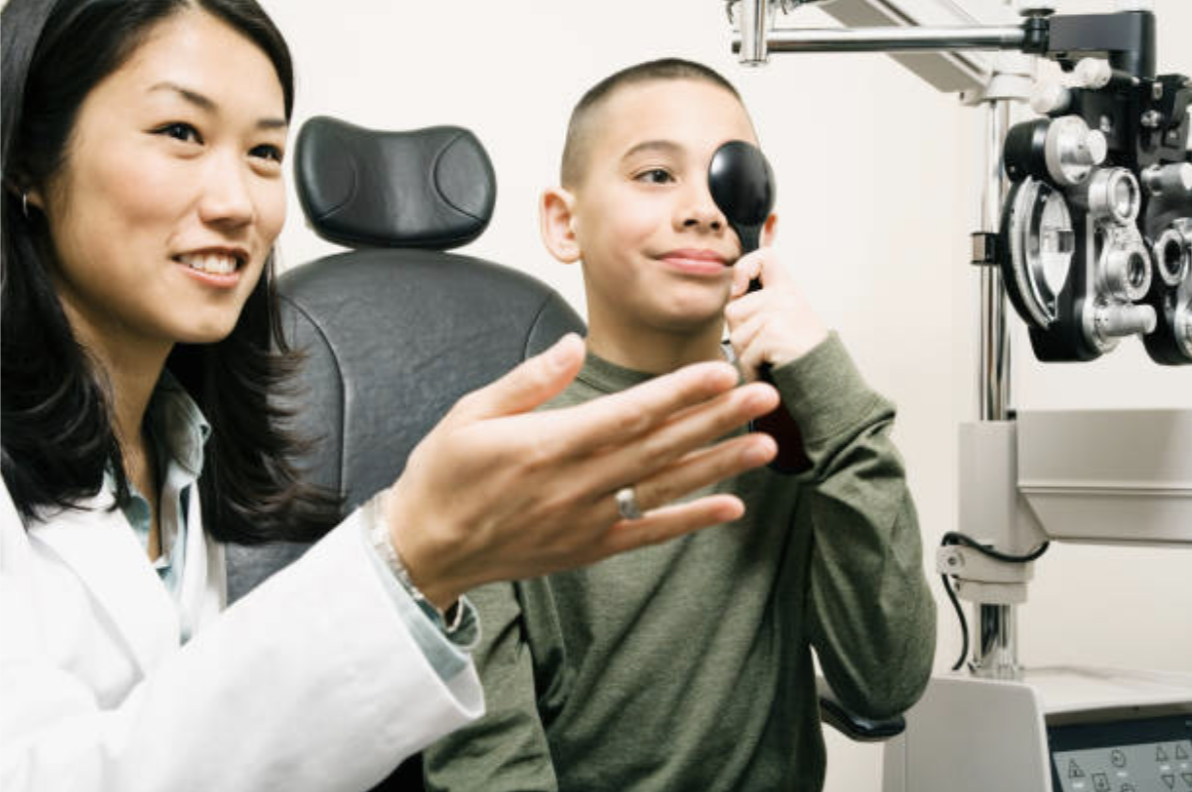 |
|
Cycloplegic refraction showed in this study that it still produces the best results. Photo: Getty Images. |
Cycloplegic agents are useful when refracting young children because they reduce fluctuations in the ciliary muscle, enabling the provider to obtain more accurate measurements. Though cycloplegic refraction is considered the gold standard, the use of eye drops is sometimes distressing for young children, and many parents refuse cycloplegia because of stinging and other ocular side effects. Non-cycloplegic refraction is an alternative option. Researchers recently conducted a systematic review and meta-analysis to determine the diagnostic agreement between the two modalities. They found that while some non-cycloplegic approaches are useful, the gold standard approach remains the most accurate.
Ten of the studies (totaling 2,724 participants) met inclusion criteria for the meta-analysis. When the researchers compared non-cycloplegic Plusoptix and cycloplegic autorefractors, they found that the test for overall effect wasn’t significant. The pooled mean difference was -0.08D with a prediction interval of -1.72D to +1.56D. “At less than 0.25D, this indicates marginal overestimation of myopia and underestimation of hyperopia under non-cycloplegic conditions,” they noted in their paper. “The results suggest that the non-cycloplegic Plusoptix is an accurate method for examining refractive error.”
The researchers also found a significant difference when comparing cycloplegic refraction with non-cycloplegic autorefraction with a Retinomax and Canon autorefractor. The Retinomax’s negative mean effect size, for example, produced overestimates of myopia under non-cycloplegic conditions, making this an inaccurate method for measuring refractive error under these conditions. The Canon autorefractor had similar results.
Overall, cycloplegic refraction proved the most accurate approach for children 12 and younger. For those with low to moderate levels of hyperopia, the non-cycloplegic Plusoptix autorefractor was most useful; however, this approach can’t be substituted for a measurement that includes the use of cycloplegic drops. “Cycloplegic refraction is still recommended to ensure diagnostic accuracy in children younger than 12 years of age,” the authors concluded.
Wilson S, Ctori I, Shah R, et al. Systemic review and meta-analysis on the agreement of non-cycloplegic and cycloplegic refraction in children. Ophthalmic Physiol Opt. 2022;00:1-13. |

